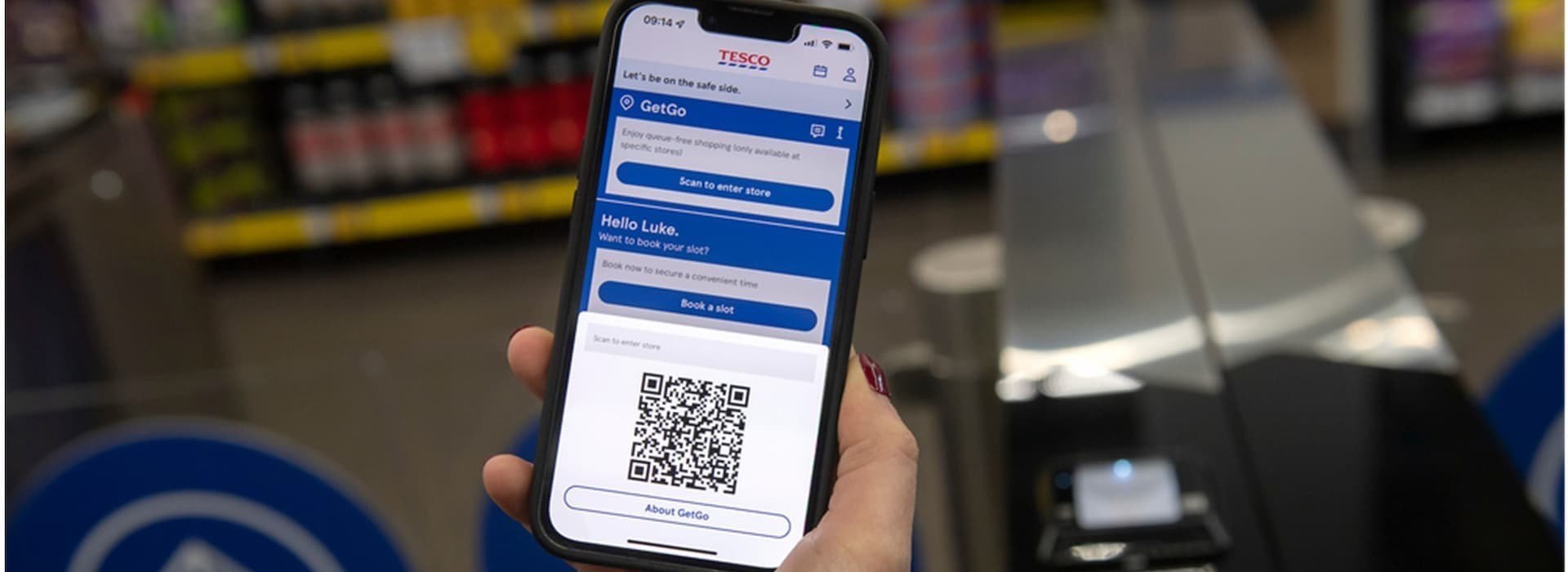Amazon Go Grocery is a game changer. Here’s why
Yesterday we reported that Amazon had opened the first Amazon Go Grocery store in its hometown of Seattle.
From acquiring Whole Foods in 2017 to launching Amazon Go convenience outlets, the e-commerce giant has been steadily laying the groundwork for its own bricks and mortar grocery proposition.
The aforementioned store is stocked with about 5,000 items ranging from fresh fruits and vegetables that change with the seasons, and a selection of quality beef, pork, poultry, and seafood.
It is 7,700 square feet in the front of the house and 10,400 square feet overall, making it the largest use of Amazon’s Just Walk Out technology to date.
It taps cameras, shelf sensors and software that allow shoppers to pick up items and leave without stopping to pay or scan merchandise. Accounts are automatically charged through a smartphone app when they exit. Those who want to pay in cash can ask an employee to swipe them in. Further details here.
“What Amazon Go did for central business districts, like locating it very close to where people work so you can get breakfast, lunch, snacks, Amazon Go Grocery does the same thing, but closer to home,” says Dilip Kumar, VP of Physical Retail & Technology at Amazon.
“It’s a new format, it’s not just a bigger Amazon Go. It’s a much more expanded selection that caters to what people are looking for shopping for groceries.”
A shot across the bow
We’re talking about a store with an abundance of cool tech, “great low prices and weekly specials” and no lines or waiting. Staff are freed up to restock shelves and help out customers. And Amazon gets lots of that all important customer data.
In the UK, meanwhile, “supermarkets still think the future is self-scanning in the aisle with a smartphone app,” says PayTech veteran Geoffrey Barraclough. Oh, and Tesco is doing this, even though Sainsbury’s went down the same route last year and quickly pulled the plug.
The long game
It’s not yet clear how many Amazon Go Grocery stores are in the works. One thing is for sure, though. With this and another major project, it is playing the long game here. The big supermarket chains should be afraid, very afraid.
To quote micro-fulfilment specialist, Brittain Ladd, whose CV includes stints at Amazon, Deloitte and Capgemini: “Walmart and Kroger are retailers, not innovators. Regardless of the category Amazon enters, its executive team always does so with the intent of reimagining the experience for the customer. Walmart and Kroger? They follow and try to copy Amazon.”
“Why will Amazon win the grocery war? Because they have more visionary, innovative and capable executives and associates. It’s just that simple. Amazon will dethrone Kroger and Walmart between 2027 and 2035.,” Ladd concludes.










